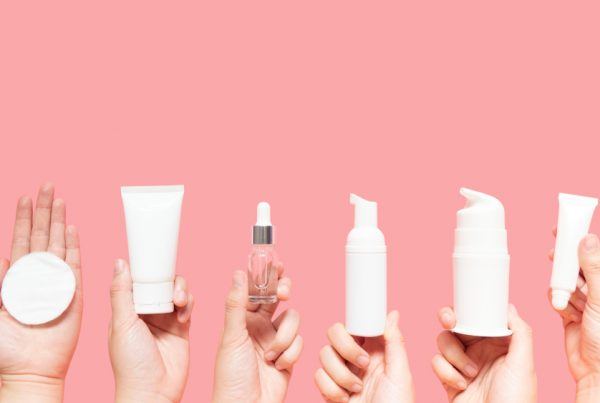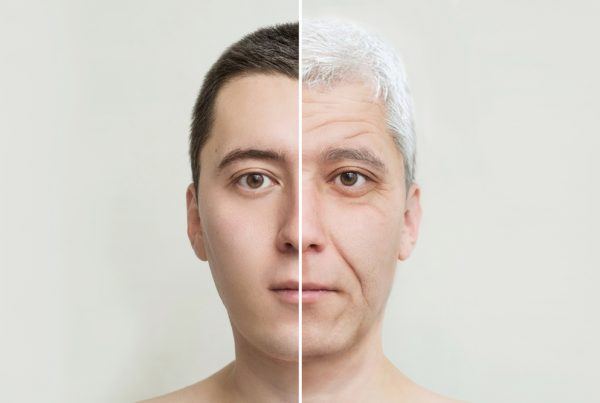There’s a lot of mystery around the superhero ingredient, retinol, and many people have questions about how to incorporate it into a skincare regime in the most effective way. I’m debunking five of the most common myths about this mysterious ingredient.
Debunking Skincare Myths About Retinol
MYTH 1: You can’t use retinol with an AHA or BHA exfoliant
There seems to be a lot of confusion when it comes to using retinol combined with AHA or BHA. However, all research indicates that:
- It is safe to use AHA and BHA with retinol – in fact, better results will be achieved.
- There will be no deactivation of the ingredients when mixing retinol with AHA or BHA.
- There will be no reduced effectiveness by mixing these ingredients, as they will both help promote collagen and elastin production.
- If you suffer from hyperpigmentation, combing these ingredients will reduce it faster.
My AHA and BHA product recommendations:
MYTH 2: Retinol exfoliates the skin
It is a popular misconception that retinol is an exfoliant. In fact, retinol is an antioxidant, so it cannot break the bonds that hold dead skin cells to the surface.
Often patients will mistake flaking of the skin as an indication of exfoliation when flaking is a sign of skin irritation. If this happens then you need to stop using the retinol until the skin irritation clears and try to reintroduce the retinol slowly into your skincare routine: every fourth night for two weeks, then every third night for two weeks, and so on. If your skin can only handle every third night application without any irritation, then that should be your retinol routine.
My retinol product recommendations:
MYTH 3: You can’t incorporate retinol into your daytime skincare regime
This may seem controversial, but you can use retinol during the day. Even though retinol does increase sun sensitivity, it does not mean it cannot be used during the daytime. However, you need to be fastidious about your sunscreen application.
Both vitamin A and vitamin C remain stable on the skin, and therefore they are active even in UV exposure. Research has shown that combining antioxidants and sunscreen is a great defense against wrinkles, uneven skin tone, loss of firmness, and pigmentation.
My sunscreen product recommendations:
MYTH 4: You shouldn’t combine retinol with vitamin C
Just like vitamin C improves the effect of vitamin E, so does vitamin C improve the effect of retinol, so they should be combined for an added beneficial effect on the skin.
Research has also indicated that combining vitamins – specifically vitamin A, vitamin C, and vitamin E – results in them working better together and having greater effects when stopping free radical damage. This has also been found to be true when used in conjunction with an SPF. So in a nutshell, to get the best effects for your skin, including anti-aging effects, combine your vitamin products.
My vitamin C product recommendations:
MYTH 5: Don’t Use retinol around your eyes or eyelids
One tip I like to give my patients is not to forget their eyelids. I advise all my patients to use retinol on all sun-exposed skin including the eyelids, ears, neck, and chest. Research has shown that people who apply retinoids right up to the eyes get the best results.
Lastly, there is no research that indicates that retinol is ineffective or deactivated on low-pH skin or when combined with low-pH ingredients. You are able to use your glycolic acid, salicylic acid, and other vitamins freely with retinol for the best effects.
Visit Skinmiles and sign up for a free Face2Face Assessment. You will receive personal recommendations from me for your skin type or skin concern.
Want to know more?
When it comes to skincare, it can be difficult to separate fact from fiction. Here are four common skincare myths that we’re debunking so you can have healthier skin.


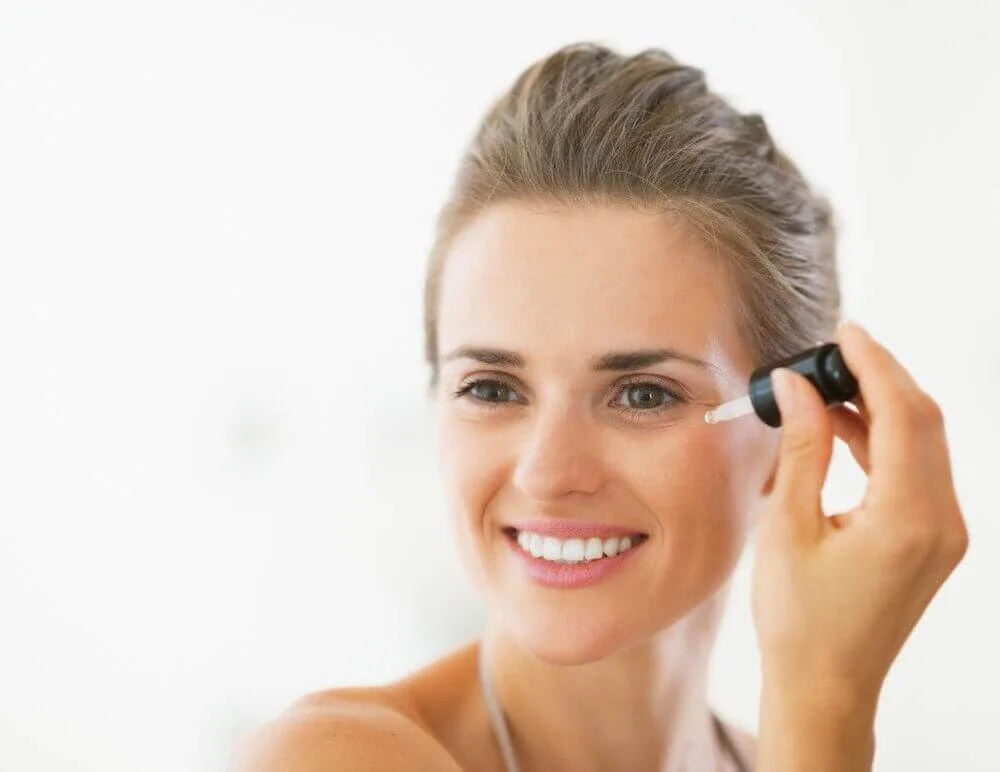
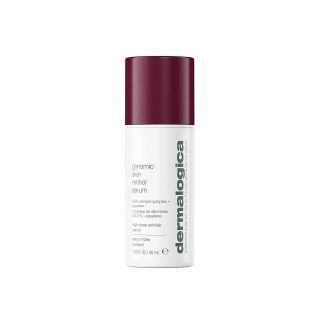
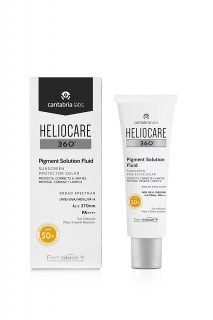
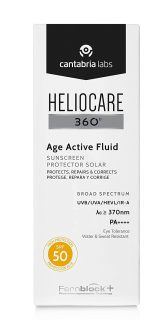
![women [longevity live]](https://longevitylive.com/wp-content/uploads/2020/01/photo-of-women-walking-down-the-street-1116984-100x100.jpg)





